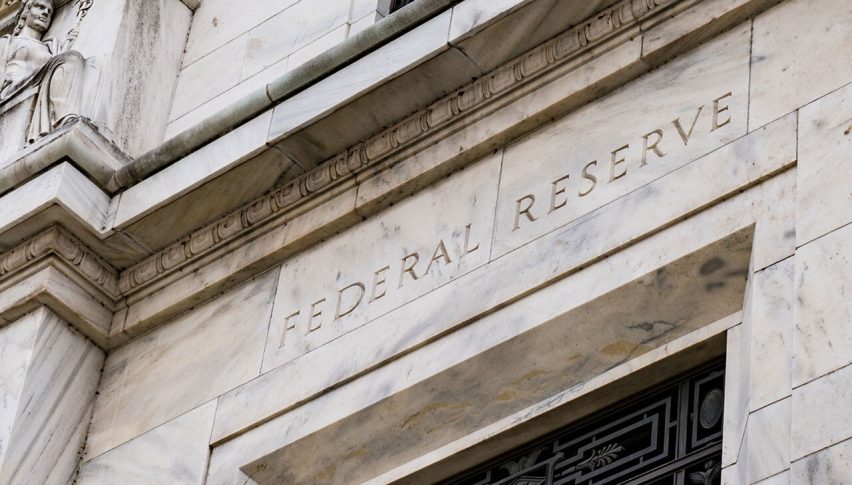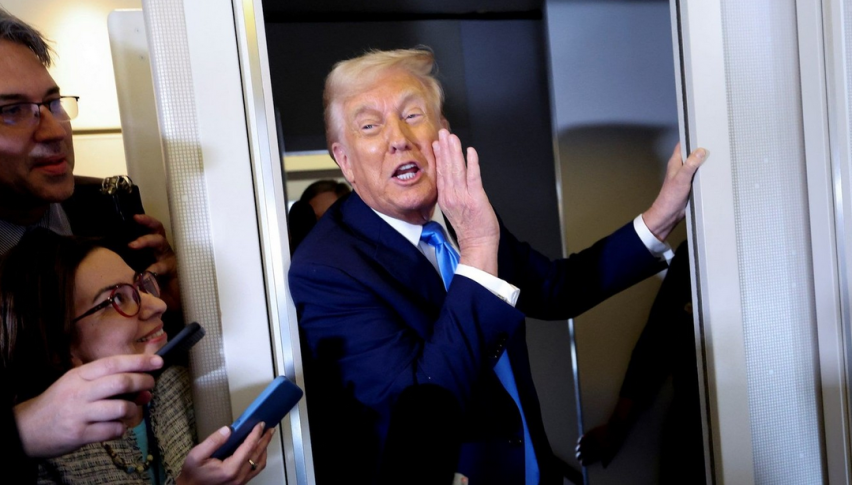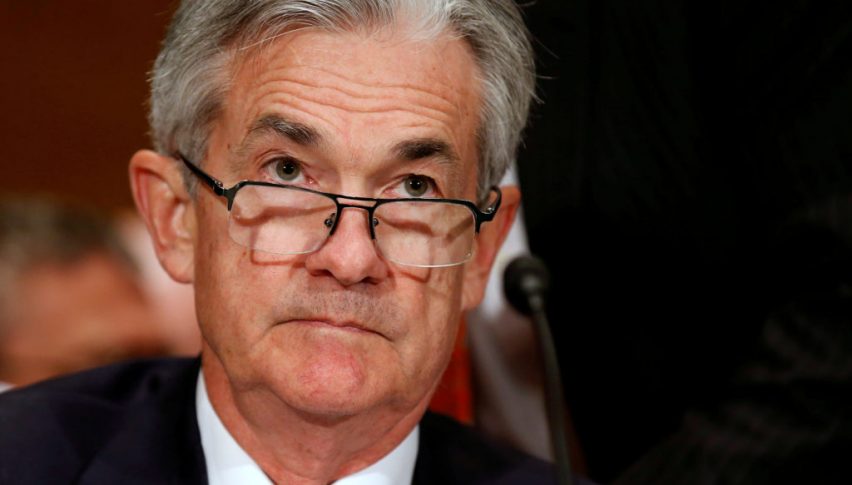Fed Minutes Summary: Officials Warn of Rising Inflation and Unemployment Risks
The labor market is also expected to weaken significantly, with unemployment projected to rise above the Fed's long-term estimates.
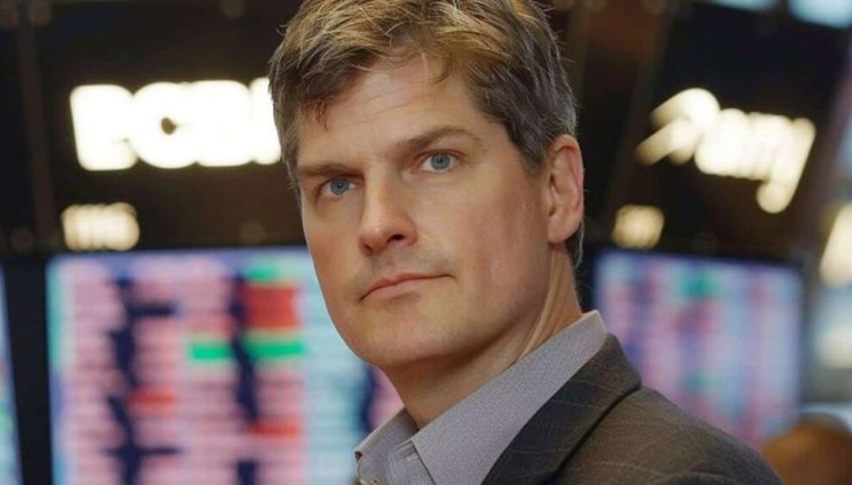
Quick overview
- Federal Reserve officials are facing difficult trade-offs between controlling inflation and supporting employment as risks of both rise.
- Projections indicate a potential increase in inflation and unemployment, with the labor market expected to weaken significantly by the end of the year.
- Economic uncertainty has prompted the Fed to adopt a cautious stance, maintaining interest rates steady while awaiting clearer effects from recent government policies.
- The upcoming Fed meeting in June will provide updated projections on inflation, employment, and economic growth.
Federal Reserve officials acknowledged in May that they may face “difficult trade-offs” in the coming months, with rising risks of both inflation and unemployment.
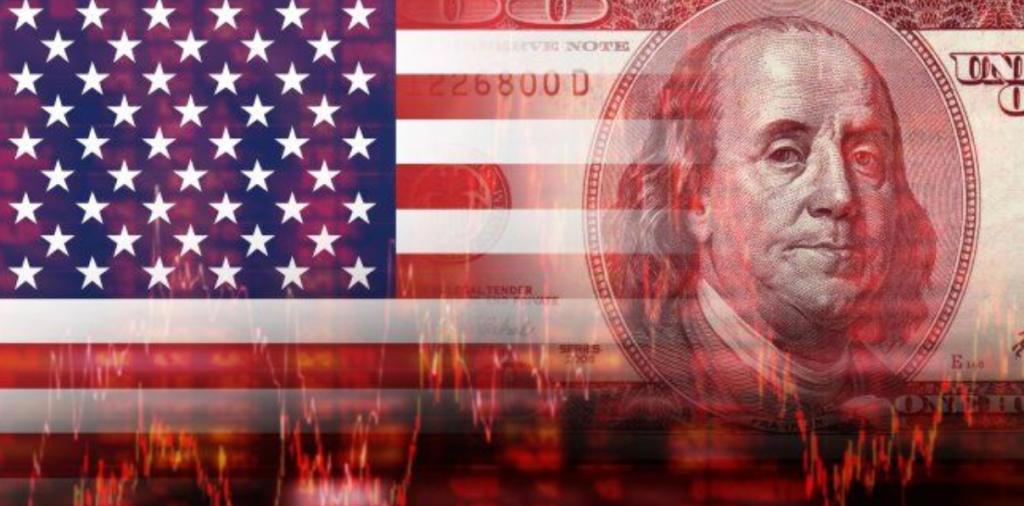
This concern, outlined in the minutes released Wednesday, was reinforced by projections pointing to an increased risk of recession.
The simultaneous rise in inflation and unemployment would force the central bank to choose between tightening monetary policy further to curb inflation or cutting interest rates to support growth and employment.
“Nearly all participants noted the risk that inflation could be more persistent than previously expected,” especially as the economy adjusts to higher import tariffs proposed by the Trump administration.
“Participants indicated that the Federal Open Market Committee (FOMC) could face challenging trade-offs if inflation remains stubbornly high while the outlook for growth and employment weakens,” the minutes stated.
They also agreed that economic uncertainty had increased further, making it appropriate to adopt a cautious stance until the net economic effects of recent government policy changes become clearer.
Outlook: What’s Ahead
The risk of higher inflation and rising unemployment was also highlighted in staff reports, which projected inflation to be “notably” higher this year due to the impact of tariffs.
The labor market is also expected to weaken significantly, with unemployment projected to rise above the Fed’s long-term estimates of full employment by the end of the year—and remain elevated for the following two years.
Although the meeting was held on May 6–7, subsequent events have altered the outlook. Notably, President Trump later decided to delay the implementation of the more aggressive tariffs, particularly a proposed 145% levy on Chinese imports that had threatened to disrupt a significant portion of global trade.
That decision led many analysts to lower their recession risk forecasts. At the time of the meeting, Fed staff had assessed the likelihood of a recession to be “nearly as probable as the baseline” scenario of slowing but continued growth.
However, the tariffs have only been postponed until July, pending further negotiations on final tax rates. This has left both Fed officials and business leaders uncertain about the economic landscape in the months ahead.
This persistent uncertainty was also a key theme during the May meeting, when the Fed opted to keep its benchmark interest rate steady within the 4.25% to 4.50% range.
The next Fed meeting is scheduled for June 17–18, when the central bank will release updated projections for inflation, employment, and economic growth, along with its outlook on appropriate interest rate policy over the coming months and years.
- Check out our free forex signals
- Follow the top economic events on FX Leaders economic calendar
- Trade better, discover more Forex Trading Strategies
- Open a FREE Trading Account
